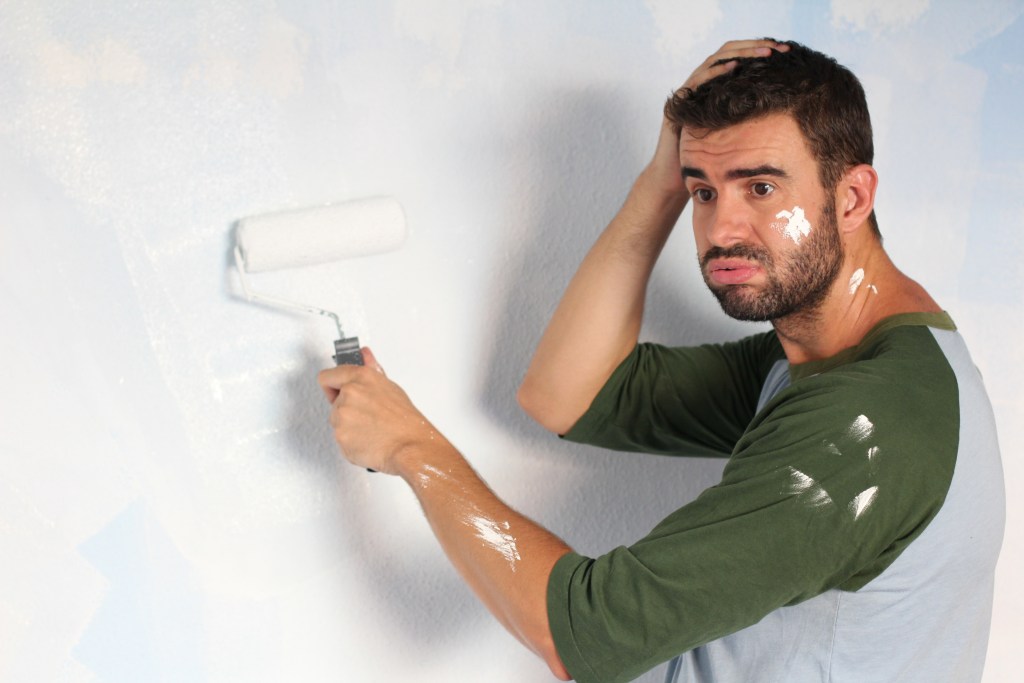Real estate rehab is a great investment strategy for real-estate experts. This strategy involves combining financing, maintenance, construction, and interior design together to achieve the highest return on any property investment. It’s a clever way for real estate moguls to earn some passive income, and it can also be a fantastic opportunity for those who want to expand their real-estate portfolio.
Rehabbing a home has plenty of unique benefits to offer, but like anything in life, it also comes with its own fair share of risks. Since savvy investors prefer to learn from the mistakes of others, rather than make their own, we’ve put together a list of some of the most common rehab pitfalls investors should try to avoid.
1. Hiring the Wrong Contractor
The foundation (literally) of any successful rehab project begins with hiring the perfect contractors. A contractor will be your eyes and ears on the ground of the project while investors are dealing with other concerns. They can help to protect borrowers from cost overruns and keep the timeline on track too. Additionally, contractors can also offer experienced advice on best practices for the rehab process.
2. Being Financially Unprepared
While real estate investment can be a highly profitable adventure for many people, it’s important to remember that all investors must have the right assets in place to help them get started. To make money with real estate, an investor first needs to put some money in. Those who are unable to make ends meet will need to seek the support of a reliable peer-to-peer lending strategy.
As with most things in the business world, there’s a fine line between taking calculated risks and making careless decisions. Investors who are in a tricky spot may need to consider how they can cut costs by buying a cheaper property, for instance.
3. Not Knowing the Area
When a property professional purchases a home for a rehab project they commit not just to the structure, but to the neighborhood too. Spending too much time and money on flipping a property that isn’t in a good space could mean that borrowers have a hard time making their money back.
Often, real-estate investors will need to think about speaking to people in the local area, looking at crime rates, and finding school ratings to determine how profitable their chosen area might be.
4. Skipping Essential Upgrades
The key to a great rehab project is spending as little money as possible, while making a big profit. To save money, some investors find themselves feeling tempted to cut corners or only make minimal changes to keep expenses low. However, this is a common mistake. Remodeling bathrooms and kitchens aren’t projects that should only be half-done.
Popular upgrades in a home can make or break a real-estate investor when it comes to making a sale. While it’s important to think about financial restrictions and keep to a pre-established budget, entrepreneurs in the property rehab space need to be ready to take the right steps to make their house sell.
5. Not Having a Plan B
Life is unpredictable, and a property investor’s life can change within a matter of seconds. That’s why it’s so important for individuals to make sure that they have a plan B in place when a rehab project doesn’t go the way they had originally hoped.
Real estate investment can be a lucrative and exciting venture – but it has its risks. When it comes to rehab projects borrowers can improve their chances of making a return on their investment by hiring the right contractor, making the perfect renovations and ensuring that they select a home that’s located in the right area.


